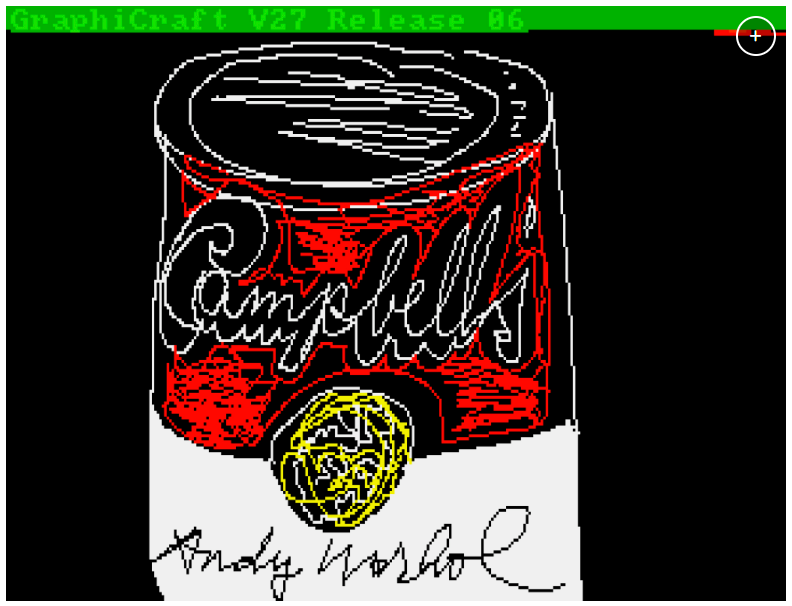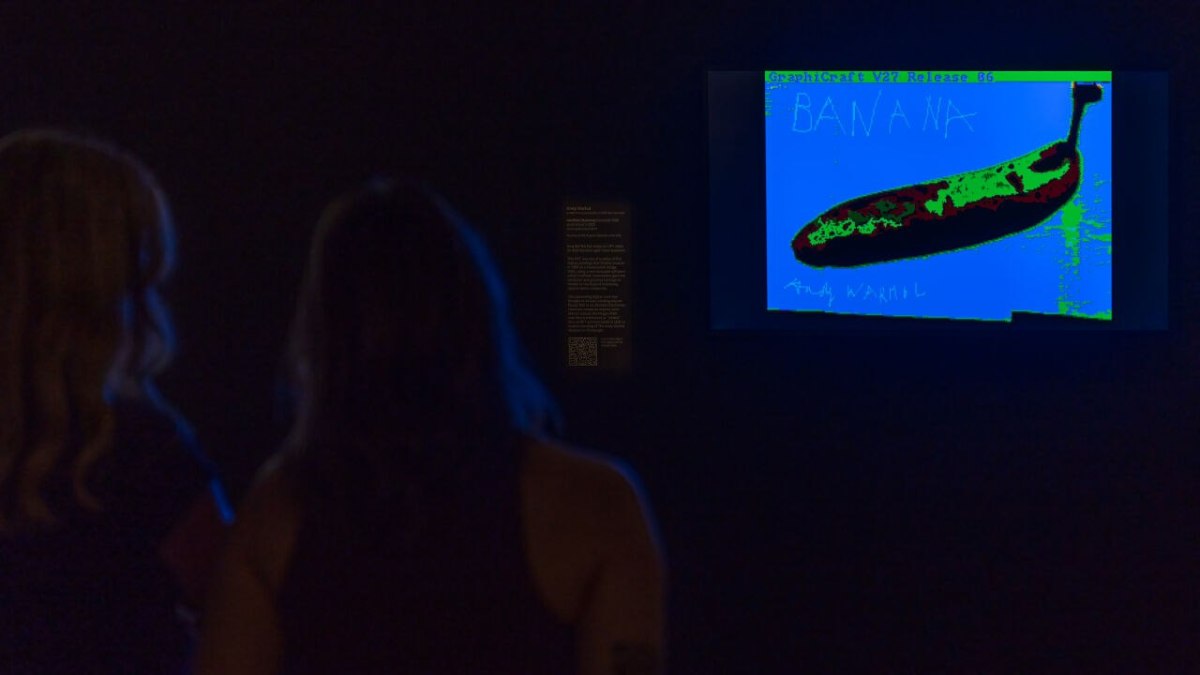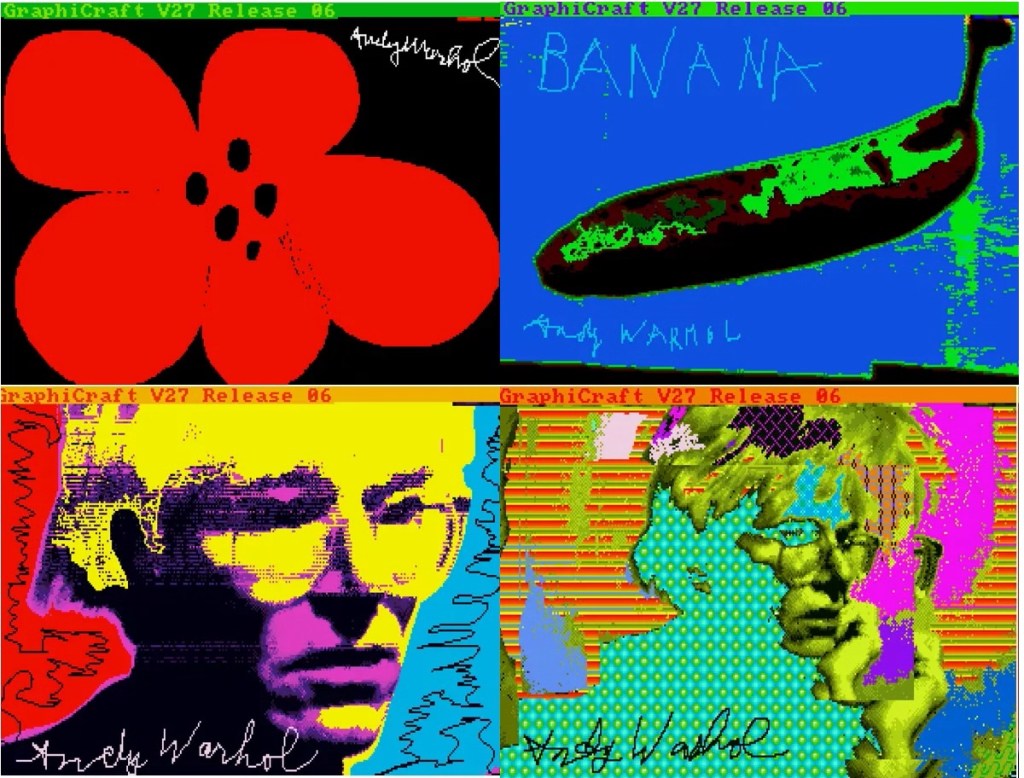World-famous artist Andy Warhol, despite dying in 1987, is now thought to have made the “World’s first NFT.” In fact, he made five. Now, one of the Non-Fungible Tokens (NFTs) is currently on display at the Home of The Arts (HOTA) on the Gold Coast. It is part of an exhibition that won’t appear elsewhere in Australia.
The exhibition, called “Pop Masters: Art from the Mugrabi Collection, New York” will run until Sunday June 4. While Warhol was famous for being part of the Pop-Art movement, there is something very special in this current collection that makes news: A work of art that claims to be the “world’s first NFT.”
How did the NFT come about?
HOTA Curator Bradley Vincent told The Chainsaw that HOTA first reached out to the Mughrabi family in New York about six years ago. “They have a really incredible collection of the works of Andy Warhol,” he said.
The family is the largest private holder of Warhol’s works in the world. “We said, ‘Hey, we’re on the other side of the world, and we really want to work with you. And eventually, they said yes!”
Vincent said he thought that HOTA would be borrowing paintings and sculptures, maybe some videos. “And we were really surprised and excited when they said, ‘Hey, we have an Andy Warhol NFT.’ And the first question was, what is that? How does that work?”

The Amiga
The Warhol Foundation explains that in 1985, Warhol was given an Amiga 1000 home computer by Commodore International. “Warhol enthusiastically signed on with the company as a brand ambassador. For their launch, Commodore planned a theatrical performance, which featured Warhol onstage at the Lincoln Centre with rock ’n’ roll icon and lead singer of Blondie, Debbie Harry. In front of a live audience, Warhol used the new computer software ProPaint to create a portrait of Harry.”
Vincent says it is a fascinating story. “The Warhol Foundation had in their possession all of Andy’s archives, and as part of that archive was a floppy disk from an old Commodore Computer from 1985 — the early days of personal computing.”
In 2014, The Warhol Foundation collaborated with Carnegie Mellon University and Carnegie Museum of Art to retrieve the saved files from Amiga floppy disks that sat in their archives.
Vincent said that the group of computer scientists retrieved five images. “The Warhol Foundation said, well what do we do with these images? And luckily, someone had the bright idea that you could make five NFTs with these five images and that each one would be unique.”
Warhol NFTs and restoration
The five images were “restored”, meaning they were made into a higher-resolution product, minted as NFTs and put onto the blockchain. These five NFTs consisted of two self-portraits, Campbell’s soup can motifs, Warhol’s signature flower, and the banana on a blue background. It is the banana NFT that is showing in the HOTA gallery.
There has been some criticism that the NFTs didn’t exactly represent the original works. The original digital images were digitally dug up from a 1.4MB floppy disk as low-resolution images, around 320 pixels across. By the time they were minted, they had been “restored” into 4,500-by-6,000 pixel TIF images.
After minting, Christie’s Auction House sold the NFTs.
Christies and the Warhol Foundation
According to Christie’s, “The five Warhol works, which previously existed only as digital files unreadable by modern computers, were brought to life again in the form of unique NFTs minted exclusively by The Andy Warhol Foundation for the Visual Arts.”
Proceeds from the sale went to the Andy Warhol Foundation. Christie’s also said no more NFTs will be minted from the recovered five digital works. Christie’s raised US$3,377,500 for the five works.

Untitled (Campbell’s Soup Can)
Non-fungible token (NFT)
4500 x 6000 pixels
Executed circa 1985 and minted in 2021.
Price realised: $1,170,000
Source
The first NFTs?
While the NFTs represent very early works of digital art, is it true to say that they are the first NFTs? The connection is loose. But that does not detract from the pleasure of seeing the banana NFT at an Australian gallery. The banana’s journey from old floppy disk technology to the present, and captured on the blockchain is remarkable and worth its place on the wall.

To show it to the audience, HOTA had to acquire an LCD screen to display it. Vincent said, “They shared the file with us, along with the code that supports the attachment that makes it an NFT, and the passcode. The big question for us was, ‘how would a gallery display an NFT that’s not just a JPEG? It’s a JPEG plus other information? So we have all of that extra information logged in the catalogue for the show as well.”
Vincent says that people are fascinated by the NFT. “I’ve given a lot of tours of the show in the early weeks, and it’s the last work in this division. When we get to it, it is always greeted with a sense of delight and curiosity which is really nice to see. Most people have heard of NFTs, I guess through mainstream media. People are like, oh NFTs, I’ve heard of those, and they’re really fascinated to see it. Then I tell them the story behind it! We were really thrilled to bring the NFT out here.”





